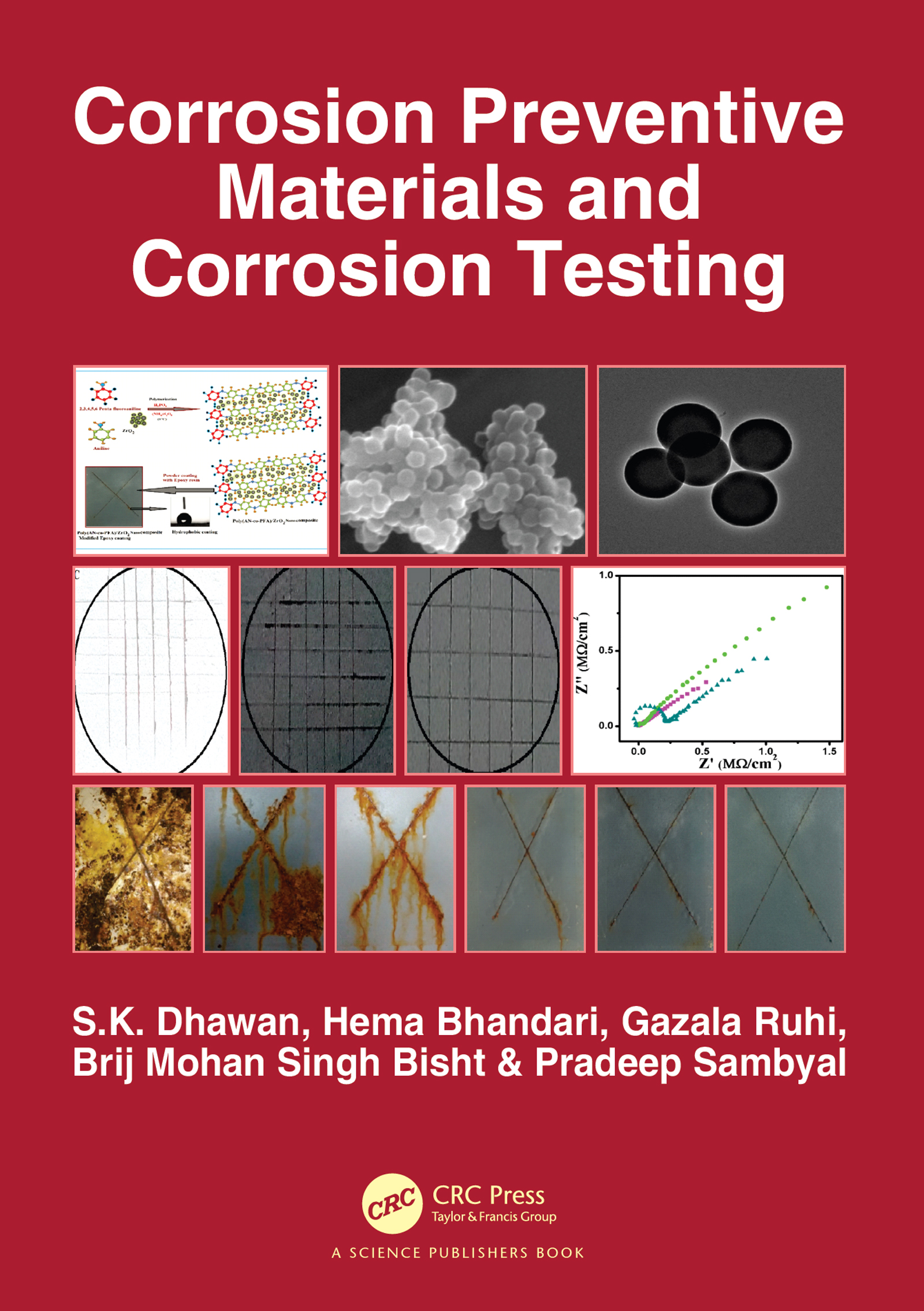Spencer Silver, Co-Inventor of 3M Post-it Notes, Dies at 80
Silver earned 37 patents during his time at 3M and won several awards, including the 1998 American Chemical Society Award for Creative Invention.

Spencer Silver, the inventor of the adhesive that would later become an integral part of 3M's Post-it® Notes, died Saturday, May 8, at his home in St. Paul, Minn. He was 80. His wife, Linda, told The New York Times that Silver died after an episode of ventricular tachycardia, a heart rhythm disorder, and that he had had a heart transplant 27 years ago.
Born in 1941 in San Antonio, Texas, Silver earned degrees in chemistry from Arizona State University and the University of Colorado at Boulder before joining 3M's Central Research Laboratory in 1966. He was working on adhesives in a 3M lab in 1968 when he discovered a peculiar formulation that didn't act like other adhesives. It formed clear spheres that "kind of sparkled in the light," Silver later recalled. The new adhesive was strong enough to hold paper together but could also be removed and would stick again—repeatedly—without damaging the paper. Silver looked for applications for his microsphere adhesive for several years while touting his creation to colleagues, calling it a "solution waiting for a problem to solve."
Then in 1974, fellow 3Mer Art Fry came up with the idea of using Silver's invention to prevent paper bookmarks from falling out of his hymnal when he sang in church. Post-it Notes were born and went on to become one of 3M's most well-known products.
"We were the right team to make it happen," Fry said, reflecting on the work he and Silver did together. "It was like we were joined at the hip. Without his microspheres, I couldn't have made Post-it® Notes, tapes, and labels. And without the Post-it® products, his microspheres might not have found an application."
Silver retired as a corporate scientist in 1996. He earned 37 patents during his time at 3M and won several awards, including the 1998 American Chemical Society Award for Creative Invention. He was inducted into the National Inventors Hall of Fame in 2010 and the Minnesota Science & Technology Hall of Fame in 2011.
John Banovetz, 3M's executive vice president, chief technology officer and environmental responsibility, was hired by Silver as a research scientist in 1995. Like others who worked closely with him, he knew Silver simply as Spence. "Spence was a remarkable man who I'm proud to have known and called a friend and mentor," Banovetz said. "He epitomized the 3M approach to R&D—science driven, collaborative, creative, and making an impact in the world."
Audrey Sherman, a division scientist in 3M's Medical Solutions Division, remembers the kindness and encouragement Silver offered his colleagues. "During my first days as a 3Mer, Spence was promoted to corporate scientist, and he brought in some wonderful treats to share with the entire laboratory group," she said. "I knew from that day that this is what I will do when I get to be a corporate scientist at 3M. Spence told me to aim for it!"
In addition to his success as a scientist, Silver loved to cook and travel and was even an accomplished artist. An active participant in the Northeast Minneapolis Artists Association, his work has been exhibited at the Bloomington Center for the Arts and other venues.
Silver is survived by his wife of 56 years, Linda, daughter Jennifer, and two grandchildren, Zachary and Zoë. He was preceded in death by a daughter, Allison. Silver's family has requested that in lieu of flowers, memorials to Camp Invention, a STEM summer program for grades K-6, are preferred.
Looking for a reprint of this article?
From high-res PDFs to custom plaques, order your copy today!








